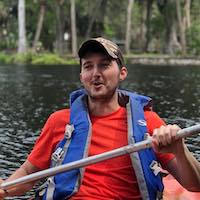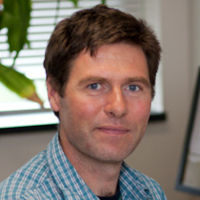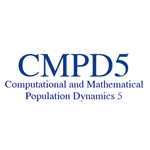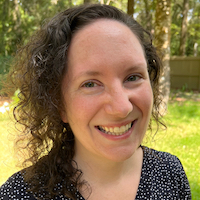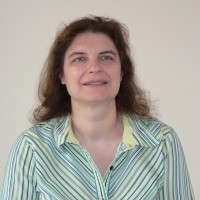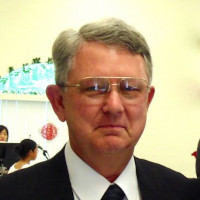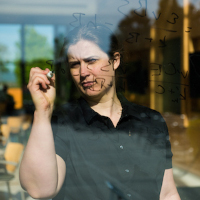Darby Smith (UF Mathematics)
368 Little HallIntracelluar Transport: Understanding Force Dependent Stepping Within cells, small molecules such as glucose rely on diffusion to reach needed destinations. Larger structures, like vesicles and organelles, need directed transport to navigate the crowded cytoplasm. Molecular motor proteins provide the means for such transport, binding to intracellular cargo and stepping along in a hand-over-hand fashion on …
